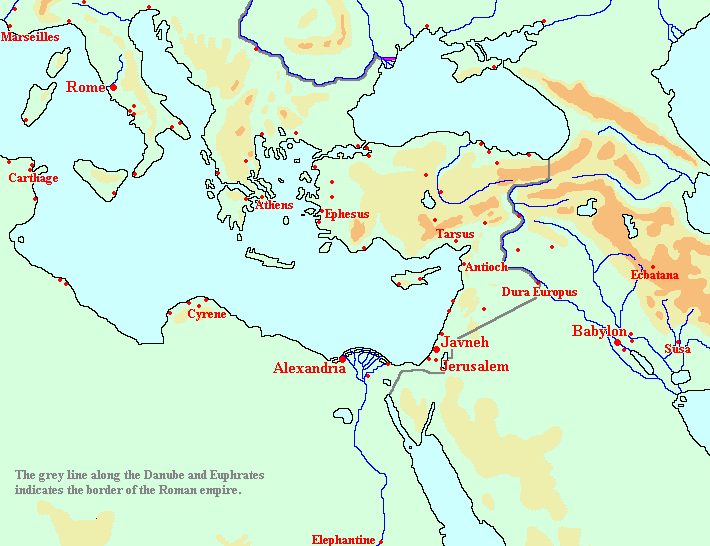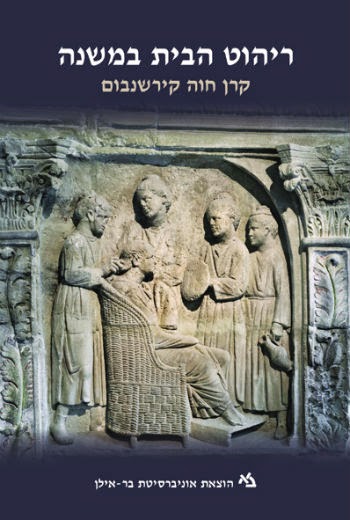
A Tale of Two Marys Hagigah 4b At the end of this daf we have a rather unusual, if not bizarre, story told by the angel of death to Rav Bibi bar Abbaye. In it he explains that he has confused two women named Miriam, taking one when he should have taken the other. The plot of the story may remind old movie afficianados of the great film Heaven Can Wait with Warren Beatty. Who knew the guys in Hollywood learned Daf Yomi? Wikipedia I will not attempt to explain this story but what caught my eye were the names of the two women, both of whom have the word מגדלא in their surname. One is מרים מגדלא שיער נשיא , Miriam the women’s hairdresser, and the other is מרים מגדלא דרדקי , Miriam the nanny (literally, growing women’s hair and growing children, respectively). These professions and the name Miriam are rather common, what is interesting is מגדלא which could also mean from Migdal. The most famous Miriam from Migdal is the figure from the N...

